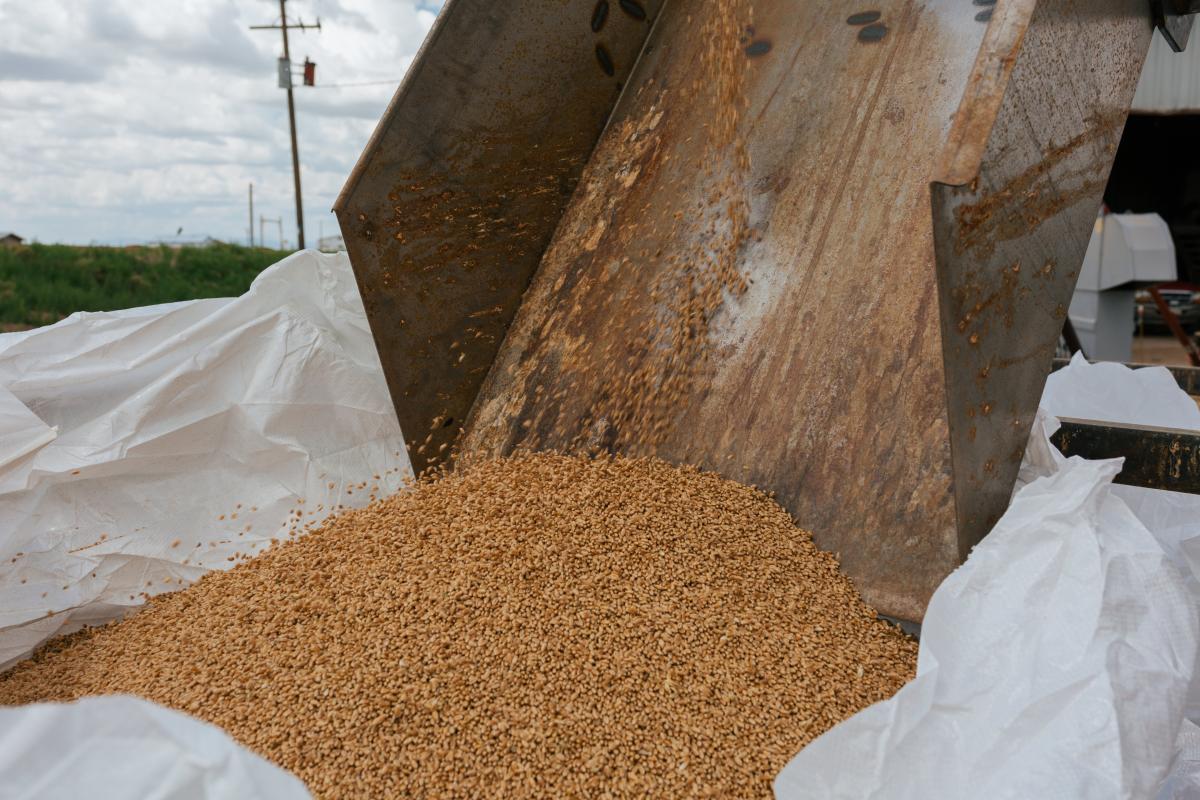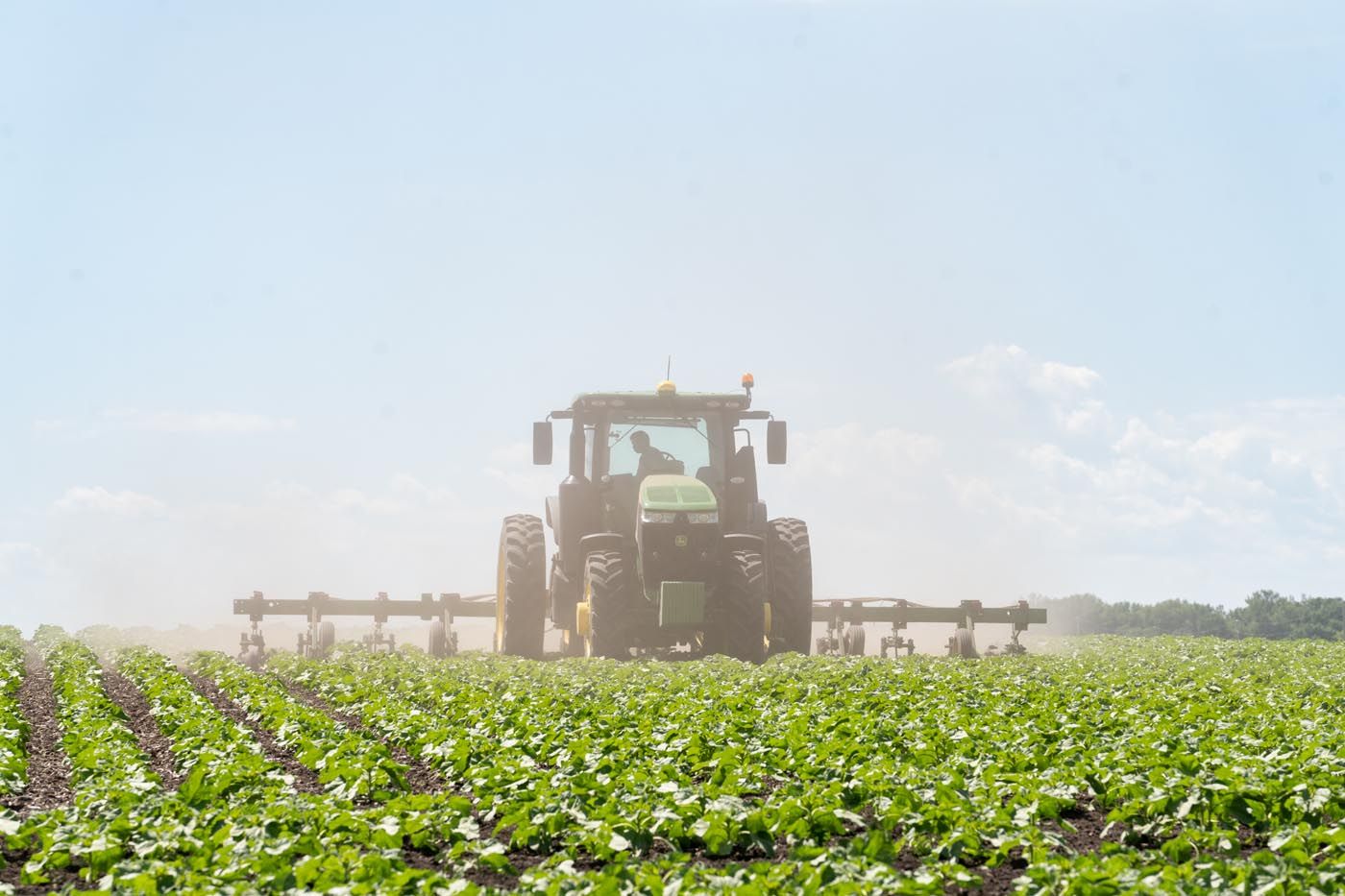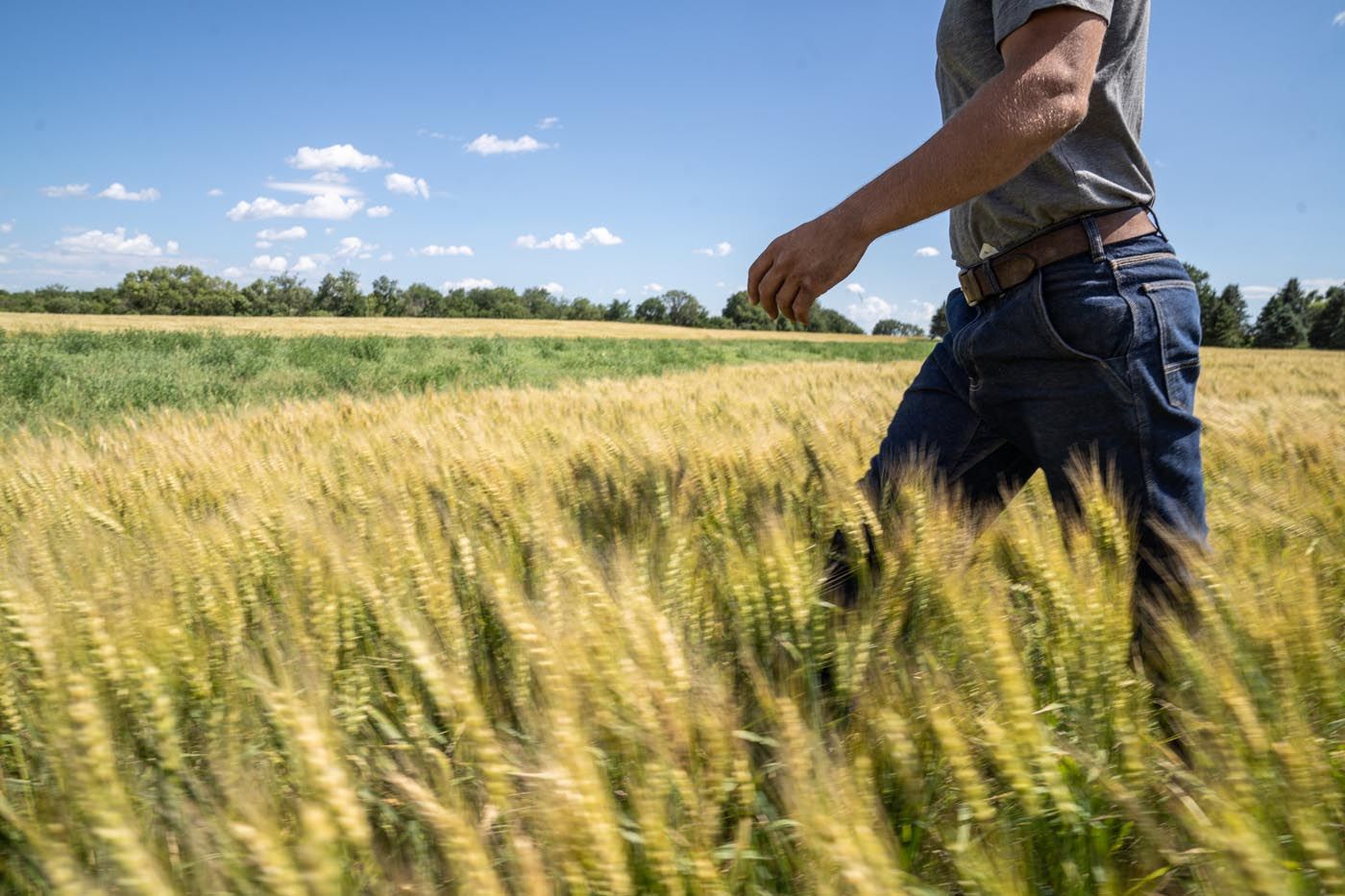
The Mad Capital Journal
The hard economic truths of transitioning
Published on
March 08, 2023
We believe that a revolution is taking place, and that it is manifesting as a shift of values and concepts–from linearity to circularity, quantity to quality, monoculture to diversity, power to empowerment, and extractive to regenerative.
These shifts are not just theoretical either–they are financial. Organic farmers are profitable, making on average a net return three to seven times higher than conventional farmers, even when accounting for the potential for high transition costs and lower yields.
And yet, only 1% of the U.S.’s farmland is in organic production. The majority of farmers remain hesitant and still perceive organic and regenerative ag as less economically viable, more demanding, and less predictable than conventional farming.
So we asked our Mad farmers to anonymously share what the lived economic challenges associated with transitioning actually are. Read on to discover what they had to say about their financial hurdles during the transition period and how they managed them, as well as some additional solutions that the entire Mad ecosystem has to offer.
TRADITIONAL BANKS CAN’T, OR WON’T, KEEP UP
Most traditional ag lenders do not fully understand the risks or rewards associated with organic and regenerative farming. This inability for the ordinary banker to keep up with organic farmers at the tip of the spear is a frustrating reality, and many farmers who come our way do so because they have lost support from their longtime banks.
“We started transitioning some acres to organic, and during those years, we weren’t getting any payment on our yields. We were losing money and our bank didn’t like it. Some serious conversations were had with our banker and ultimately, they weren’t willing to redo our note or help us restructure, even though we already had seed bought.”
Organic farmers ought to have the same financing opportunities as conventional farmers. Yet, because ordinary bankers don’t understand the transition, they offload all of the risks onto the farmer without any assurances or flexibility. This often pushes a full transition into an over five year process, all while the lender has no real skin in the game.
Mad Capital was born out of vexation with these limits that traditional financing places on organic farmers. If you’re feeling similar frustrations and looking for an alternative financing partner, give us a call.
DIRECT TO CONSUMER—A LONG GAME
Many new farmers get into farming to help reconnect people to their food. To realize this vision, they often go the direct-to-consumer route. While this is a great way to create a brand and own the entire process from seed to sale, it can be challenging to make enough cash to cover your costs at the onset.

“One of the hardest realities of organic for us was having to create a specific niche market and then building our direct customer base over time. We are now in year seven and our sales have grown every year, but it has taken a lot of time, energy, perseverance, and passion to get here.”
To mitigate the risks, savvy farmers will often start with products that are easier to get out the door.
“We started with a product that end consumers would understand and purchase without any processing. Even then, it’s a slow process. We’re selling this stuff pound by pound, not getting thousands of dollars taking it to the grain elevator.”
Other farmers find ways to supplement their slow-growing D2C business with supplemental income streams.
“To help us along, we started growing non-GMO soybeans after discovering a local buyer who needed local access. This has helped us through the transition a lot, and we use this cash to pay our rent, pay back our operating notes, until we can fully transition and scale our D2C operation.”
Our sister non-profit Mad Markets (of Mad Agriculture) is available to provide crop brokerage and trading services catered specifically toward organic and regenerative farmers. They have the connections to get Mad farmers in the door with values-aligned buyers and brands.
NASCENT FARMERS LACK OPTIONS
Promising new farmers notoriously have difficulties accessing the mission-critical capital required to get started. Banks often cite the lack of experience and absence of guarantees or sufficient assets.
“As a brand new farm, none of the conventional lenders would work with me. I only realized this after signing a lease for 150 acres of farmland.”
Two-thirds of young farmers list their primary occupation as something other than farming—which means they have other primary means of income. Even in these cases, capital is still hard, if not impossible, to access by way of traditional methods.
“They see us, young, first generation farmers and say no right away. Even though my wife and I both have full time jobs with good credit. As a startup farm, I underestimated the difficulty associated with expanding our acreage at first.”
At Mad Capital, we trust in the visions and capabilities of the young farmers coming through our door. They are the ones pushing against the agricultural norms set by previous generations, embracing the radicalism that it takes to catalyze the regenerative movement in agriculture.
Even if you’re at the beginning of your regenerative journey, don’t hesitate to reach out to our team to learn more about our financial offerings.
THE CONVENTIONAL COMPARISON TRAP
During the transition, it can be difficult for farmers to stay the course, especially as they watch their neighbors chugging along, relying on input programs based on synthetic chemicals, GMOs, and fertilizers to eliminate any problems that arise.

“The immediate cost of going organic can be tough to swallow because it’s a long game. Working on the soil’s timeline can be different from the bank’s or market’s timeline. Meanwhile, watching your neighbors farm 30 circles of conventional russets while buying new boats and or planes can add a bit of salt to the wound.”
The comparison trap is something transitioning farmers should be mindful of. Connecting with like-minded farmers in person or online can be a helpful way to stay connected to the mission.
A good place to start is to get connected with Mad Agriculture on Instagram @madagriculture) to see what farmers in our larger network are up to, thinking about, and sharing with the world. Some other accounts we recommend are: @artiasngraincollab, @thelandinstitute, @marbleseedorg, @farmersfootprint, @regen_rising, @savoryinstitute, @youngfarmers, and @practicalfarmers.
Weeds, weeds, and weeds
Organic farmers are limited in the weed control options available to them. They cannot use synthetic herbicides to control weeds, which means they must rely on other methods such as hand weeding, new pieces of machinery such as a weed zappers or tine weeders, and the use of cover crops. These methods can be costly and labor-intensive, and, at first, may not be as effective as synthetic herbicides while an operator is mastering new methods of management.
“Managing weed control while organic has been one of our biggest challenges. Doing it right costs us a lot of time, stress, diesel, yield, and reputation risks.”
However, over time, almost all organic farmers learn how to manage their particular weed problems, and eventually find themselves in better-off situations than the nearby conventional operations.
“Weed control is a problem for both my organic and conventional neighbors. The weeds around here are becoming immune to all of the herbicides they’re using, and it’s a huge issue in our area. That’s why I believe in our system of cover cropping even more.”
If you are in need of technical assistance from organic and regenerative practitioners to help address weed suppression on your farm, please take a look at the Mad Lands team at Mad Agriculture. Mad Lands partners with the Rodale Institute–a longstanding leader in organic research and training–to deliver the best of the best technical support for our Mad farmers. These teams both have ample experience in organic weed management across regions.
THE SOCIAL COSTS
In our conversations, farmers surrounded by conventional operations have reported feelings of alienation and even hostility. From rogue weed districts to destruction of property, organic farmers are touching on some cultural nerves in conventional country. We have witnessed some of our farmers pay the social costs of becoming one of the 1% of farmers who farm organically or regeneratively.

“Everybody thinks I’m crazy, they look at me like I have horns growing out of my head.”
“I’m friends with a lot of conventional farmers and I respect what they do, but at the end of the day, I often feel like the odd man out. It’s important to connect with others who want to see this style of farming grow.”
For this reason, it’s imperative that we help organic and regenerative farmers find community. Some of our farmers find this by attending conferences–a few popular ones in the movement are Marbleseed, PASA, and EcoFarm. Others find that it helps to listen to podcasts that help them feel more steadfast as they work to achieve their goals. A few that we recommend in the movement: Investing in Regenerative Agriculture and Food, Regenerative Agriculture Podcast, and New Food Order.
Each of the common frustrations that we heard from our farmers are valid–the current financial system and the conventional agriculture community is not always the best suited to serve their needs. That’s why Mad Capital–and our friends at Mad Agriculture–are here to help. Know that you are not alone, and we’re here to help you find solutions to all of these manageable pain points.